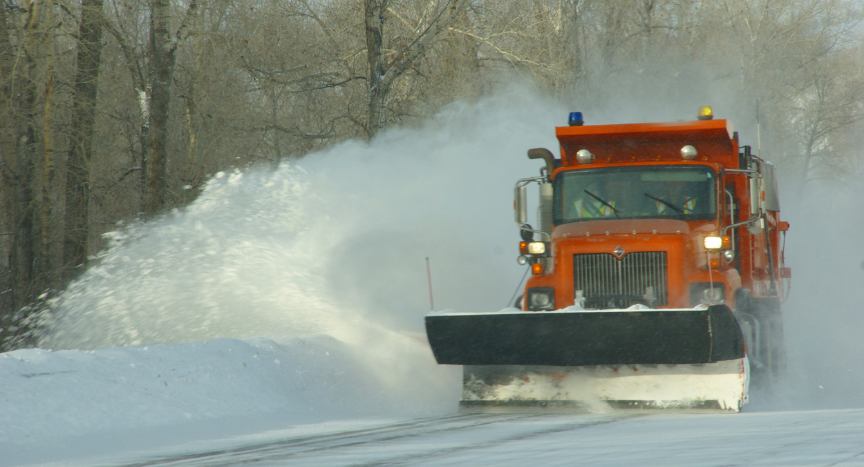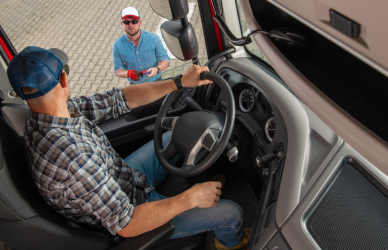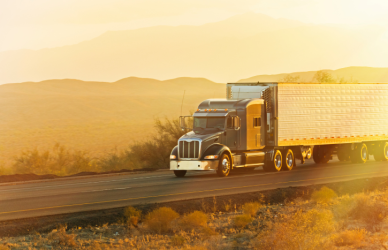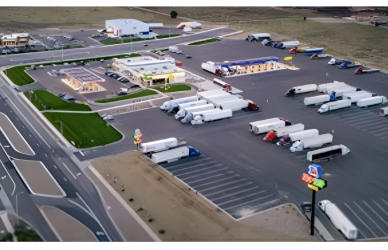The recent Valentine’s Day week storm system delivered more than just snow to Iowa—it also brought a record-breaking number of collisions involving Iowa Department of Transportation (DOT) snowplows.
A Dangerous Spike in Snowplow Collisions
On Wednesday, February 12, during a massive statewide snowstorm, Iowa recorded 15 incidents where vehicles struck DOT snowplows, setting a new single-day record. Previously, the highest number of snowplow strikes in a single day stood at nine in 2024.
This year’s unprecedented collisions didn’t just impact February. Until this week, only nine snowplow hits had been recorded for the entire 2025 winter season, which officially began on October 15. Now, with two months remaining until winter operations conclude on April 15, the season’s total has climbed to 25 snowplow strikes.
To put this in perspective, the annual average for snowplow collisions from 2015 to 2024 hovered around 32, with the highest total set in 2019 at 47 accidents.
Collision Breakdown and Key Patterns
The snowstorm’s collisions comprised equal numbers of rear-end hits and sideswipes, occurring across multiple regions, including the northeast, southeast, and southwest parts of Iowa. Seven of these accidents were reported along the heavily traveled I-80 corridor. While snowfall persisted throughout the day, the majority of incidents took place during daylight hours.
Although all 15 strikes caused varying levels of damage to snowplows, specific estimates are not yet available.
Why Are Snowplow Collisions Happening?
Craig Bargfrede, Iowa DOT’s winter operations administrator, pointed to several preventable factors contributing to this sharp rise in snowplow collisions.
“Many motorists are distracted and not recognizing what’s ahead or adjusting their following distances in winter driving conditions,” he explained. “Additionally, speed and visibility—two key factors—are creating dangerous situations. Working plows travel between 10 and 35 miles per hour and often create snow clouds that reduce visibility. Drivers approach these clouds too quickly without reducing their speed.”
Bargfrede emphasized that these accidents not only jeopardize the safety of DOT employees but also compromise the safety of all motorists. Many collisions even result in snowplows being taken out of service, limiting their ability to maintain safer roads during critical times.
Stay Safe Around Snowplows with Smart Driving Practices
To prevent accidents and protect both DOT workers and travelers, the Iowa DOT urges drivers to follow these vital safety tips when approaching a snowplow:
- Don’t Crowd the Plow
Snowplows are wider than most road vehicles and frequently turn or exit the roadway. Their front blades extend several feet and may cross the shoulder or centerline.
- Avoid Passing on the Shoulder Side
Plows are designed to move snow toward shoulders, making it unsafe to pass on that side. Stay behind them—it’s safer and ensures cleared paths.
- Beware of Wing Blades
Watch out for wing blades, which may be hidden under blowing snow but extend from either side of the snowplow truck.
- Don’t Tailgate or Stop Too Close
Keep a safe distance behind snowplows as they may stop abruptly or spread deicing materials onto the road. Following too closely puts you at risk if they need to maneuver suddenly.
- Limit Time Beside the Plow
Driving alongside snowplows can be risky, especially if a snowdrift or packed snow causes the truck to shift unexpectedly.
- Move Away from the Centerline
When passing a snowplow on a two-lane road, give them space by moving to the far-right side of your lane.
- Pass Only When Absolutely Necessary
If you need to pass a snowplow, wait for a large, unmistakably clear opening, and don’t merge back too closely.
- Use Your Headlights
Using your headlights ensures that snowplow operators can spot you easily in their mirrors, especially in low-visibility conditions.
Source: The Trucker











